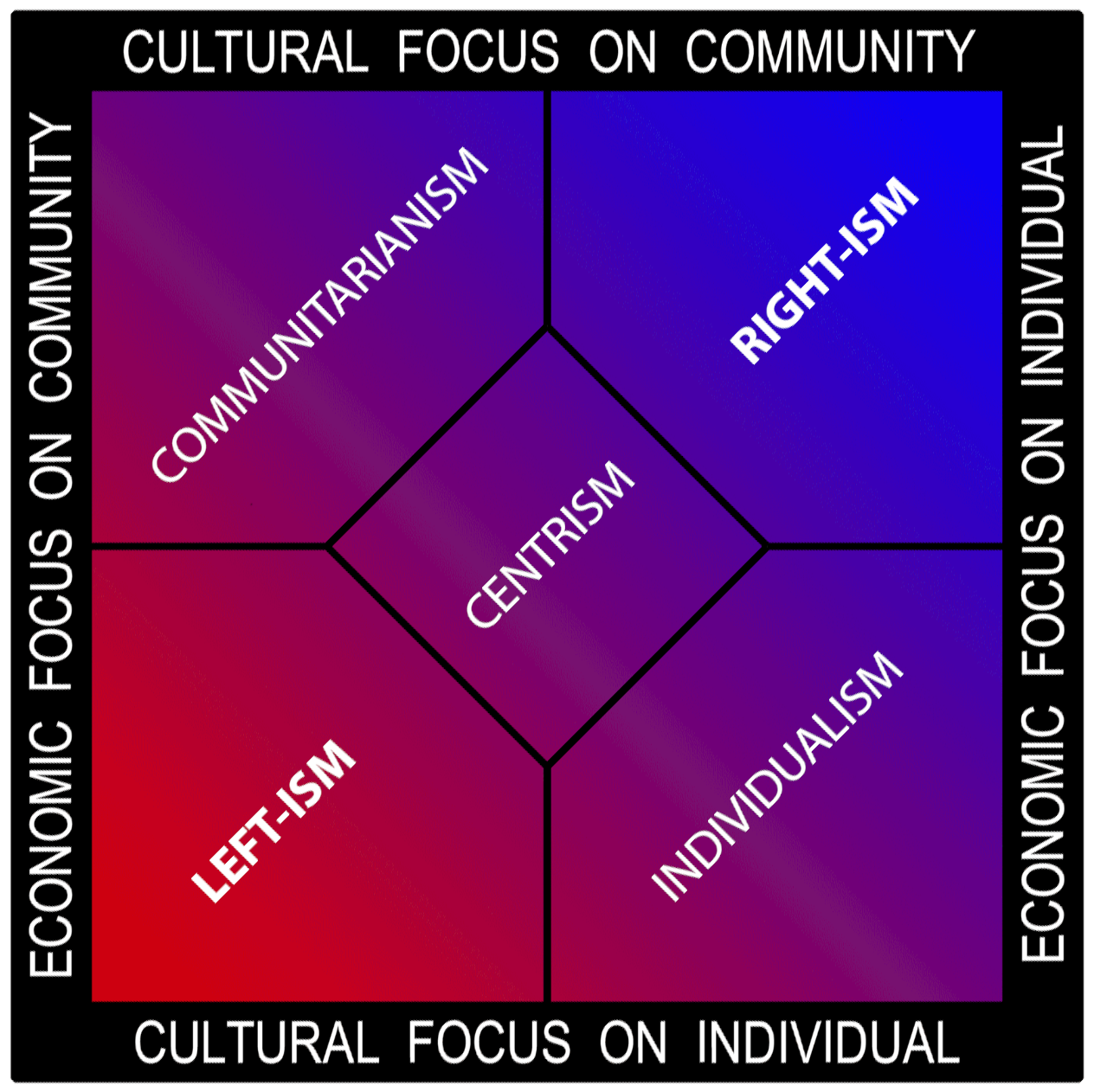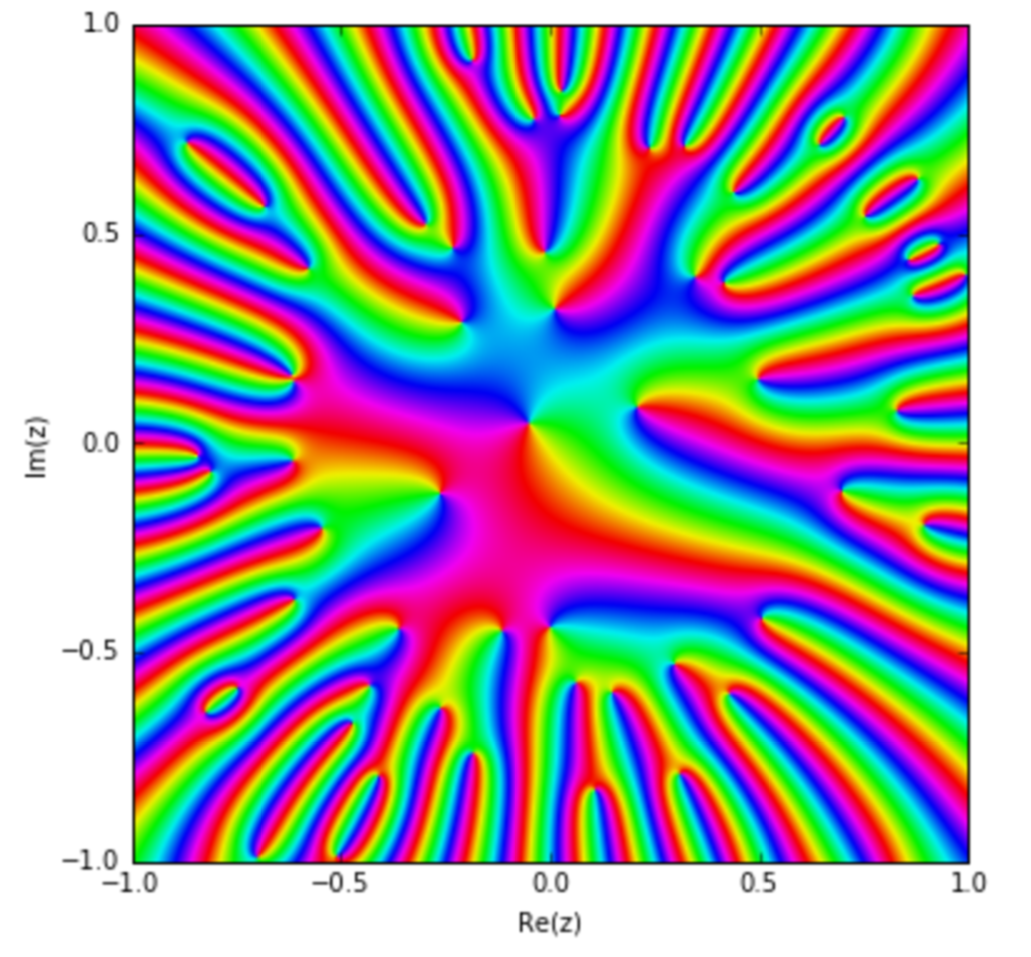|
Contraction (operator Theory)
In operator theory, a bounded operator ''T'': ''X'' → ''Y'' between normed vector spaces ''X'' and ''Y'' is said to be a contraction if its operator norm , , ''T'' , , ≤ 1. This notion is a special case of the concept of a contraction mapping, but every bounded operator becomes a contraction after suitable scaling. The analysis of contractions provides insight into the structure of operators, or a family of operators. The theory of contractions on Hilbert space is largely due to Béla Szőkefalvi-Nagy and Ciprian Foias. Contractions on a Hilbert space If ''T'' is a contraction acting on a Hilbert space \mathcal, the following basic objects associated with ''T'' can be defined. The defect operators of ''T'' are the operators ''DT'' = (1 − ''T*T'')½ and ''DT*'' = (1 − ''TT*'')½. The square root is the positive semidefinite one given by the spectral theorem. The defect spaces \mathcal_T and \mathcal_ are the ... [...More Info...] [...Related Items...] OR: [Wikipedia] [Google] [Baidu] |
Operator Theory
In mathematics, operator theory is the study of linear operators on function spaces, beginning with differential operators and integral operators. The operators may be presented abstractly by their characteristics, such as bounded linear operators or closed operators, and consideration may be given to nonlinear operators. The study, which depends heavily on the topology of function spaces, is a branch of functional analysis. If a collection of operators forms an algebra over a field, then it is an operator algebra. The description of operator algebras is part of operator theory. Single operator theory Single operator theory deals with the properties and classification of operators, considered one at a time. For example, the classification of normal operators in terms of their spectra falls into this category. Spectrum of operators The spectral theorem is any of a number of results about linear operators or about matrices. In broad terms the spectral theorem provides cond ... [...More Info...] [...Related Items...] OR: [Wikipedia] [Google] [Baidu] |
Operator Topology
In the mathematical field of functional analysis there are several standard topologies which are given to the algebra of bounded linear operators on a Banach space . Introduction Let (T_n)_ be a sequence of linear operators on the Banach space X. Consider the statement that (T_n)_ converges to some operator T on X. This could have several different meanings: * If \, T_n - T\, \to 0, that is, the operator norm of T_n - T (the supremum of \, T_n x - T x \, _X, where x ranges over the unit ball in X) converges to 0, we say that T_n \to T in the uniform operator topology. * If T_n x \to Tx for all x \in X, then we say T_n \to T in the strong operator topology. * Finally, suppose that for all x \in X we have T_n x \to Tx in the weak topology of X. This means that F(T_n x) \to F(T x) for all continuous linear functionals F on X. In this case we say that T_n \to T in the weak operator topology. List of topologies on B(''H'') There are many topologies that can be defined on ... [...More Info...] [...Related Items...] OR: [Wikipedia] [Google] [Baidu] |
Hardy Space
In complex analysis, the Hardy spaces (or Hardy classes) H^p are spaces of holomorphic functions on the unit disk or upper half plane. They were introduced by Frigyes Riesz , who named them after G. H. Hardy, because of the paper . In real analysis Hardy spaces are spaces of distributions on the real -space \mathbb^n, defined (in the sense of distributions) as boundary values of the holomorphic functions. Hardy spaces are related to the ''Lp'' spaces. For 1 \leq p < \infty these Hardy spaces are s of spaces, while for |
Classification Theorem
In mathematics, a classification theorem answers the classification problem: "What are the objects of a given type, up to some equivalence?". It gives a non-redundant enumeration: each object is equivalent to exactly one class. A few issues related to classification are the following. *The equivalence problem is "given two objects, determine if they are equivalent". *A complete set of invariants, together with which invariants are realizable, solves the classification problem, and is often a step in solving it. (A combination of invariant values is realizable if there in fact exists an object whose invariants take on the specified set of values) *A (together with which invariants are realizable) solves both the classification problem and the equivalence problem. * A canonical form solves the classification problem, and is more data: it not only classifies every class, but provides a distinguished (canonical) element of each class. There exist many classification theorems in mat ... [...More Info...] [...Related Items...] OR: [Wikipedia] [Google] [Baidu] |
Commutant
In mathematics, especially group theory, the centralizer (also called commutant) of a subset ''S'' in a group ''G'' is the set \operatorname_G(S) of elements of ''G'' that commute with every element of ''S'', or equivalently, the set of elements g\in G such that conjugation by g leaves each element of ''S'' fixed. The normalizer of ''S'' in ''G'' is the set of elements \mathrm_G(S) of ''G'' that satisfy the weaker condition of leaving the set S \subseteq G fixed under conjugation. The centralizer and normalizer of ''S'' are subgroups of ''G''. Many techniques in group theory are based on studying the centralizers and normalizers of suitable subsets ''S''. Suitably formulated, the definitions also apply to semigroups. In ring theory, the centralizer of a subset of a ring is defined with respect to the multiplication of the ring (a semigroup operation). The centralizer of a subset of a ring ''R'' is a subring of ''R''. This article also deals with centralizers and nor ... [...More Info...] [...Related Items...] OR: [Wikipedia] [Google] [Baidu] |
Spectrum
A spectrum (: spectra or spectrums) is a set of related ideas, objects, or properties whose features overlap such that they blend to form a continuum. The word ''spectrum'' was first used scientifically in optics to describe the rainbow of colors in visible light after passing through a prism. In the optical spectrum, light wavelength is viewed as continuous, and spectral colors are seen to blend into one another smoothly when organized in order of their corresponding wavelengths. As scientific understanding of light advanced, the term came to apply to the entire electromagnetic spectrum, including radiation not visible to the human eye. ''Spectrum'' has since been applied by analogy to topics outside optics. Thus, one might talk about the " spectrum of political opinion", or the "spectrum of activity" of a drug, or the " autism spectrum". In these uses, values within a spectrum may not be associated with precisely quantifiable numbers or definitions. Such uses imply a bro ... [...More Info...] [...Related Items...] OR: [Wikipedia] [Google] [Baidu] |
Singular Measure
In mathematics, two positive (or signed or complex) measures \mu and \nu defined on a measurable space (\Omega, \Sigma) are called singular if there exist two disjoint measurable sets A, B \in \Sigma whose union is \Omega such that \mu is zero on all measurable subsets of B while \nu is zero on all measurable subsets of A. This is denoted by \mu \perp \nu. A refined form of Lebesgue's decomposition theorem decomposes a singular measure into a singular continuous measure and a discrete measure. See below for examples. Examples on R''n'' As a particular case, a measure defined on the Euclidean space \R^n is called ''singular'', if it is singular with respect to the Lebesgue measure on this space. For example, the Dirac delta function is a singular measure. Example. A discrete measure. The Heaviside step function on the real line, H(x) \ \stackrel \begin 0, & x 0 but \delta_0(U) = 0. Example. A singular continuous measure. The Cantor distribution has a cumulative dist ... [...More Info...] [...Related Items...] OR: [Wikipedia] [Google] [Baidu] |
Positive Harmonic Function
In mathematics, a positive harmonic function on the unit disc in the complex numbers is characterized as the Poisson integral of a finite positive measure on the circle. This result, the ''Herglotz-Riesz representation theorem'', was proved independently by Gustav Herglotz and Frigyes Riesz in 1911. It can be used to give a related formula and characterization for any holomorphic function on the unit disc with positive real part. Such functions had already been characterized in 1907 by Constantin Carathéodory in terms of the positive definiteness of their Taylor coefficients. Herglotz-Riesz representation theorem for harmonic functions A positive function ''f'' on the unit disk with ''f''(0) = 1 is harmonic if and only if there is a probability measure In mathematics, a probability measure is a real-valued function defined on a set of events in a σ-algebra that satisfies Measure (mathematics), measure properties such as ''countable additivity''. The difference bet ... [...More Info...] [...Related Items...] OR: [Wikipedia] [Google] [Baidu] |
Blaschke Product
In complex analysis, the Blaschke product is a bounded analytic function in the open unit disc constructed to have zeros at a (finite or infinite) sequence of prescribed complex numbers :a_0,\ a_1, \ldots inside the unit disc, with the property that the magnitude of the function is constant along the boundary of the disc. Blaschke products were introduced by . They are related to Hardy spaces. Definition A sequence of points (a_n) inside the unit disk is said to satisfy the Blaschke condition when :\sum_n (1-, a_n, ) <\infty. Given a sequence obeying the Blaschke condition, the Blaschke product is defined as : [...More Info...] [...Related Items...] OR: [Wikipedia] [Google] [Baidu] |
Minimal Polynomial (linear Algebra)
Minimal may refer to: * Minimal (music genre), art music that employs limited or minimal musical materials * "Minimal" (song), 2006 song by Pet Shop Boys * Minimal (supermarket) or miniMAL, a former supermarket chain in Germany and Poland * Minimal (''Dungeons & Dragons''), a creature of magically reduced size in the game ''Dungeons & Dragons'' * Minimal (chocolate), a bean to bar chocolate store in Japan, featured in '' Kantaro: The Sweet Tooth Salaryman'' * Minimal (clothing), an Indonesia clothing-retail company that worked with fashion model Ayu Gani * MINIMAL (restaurant), high end restaurant in Taichung Taichung (, Wade–Giles: '), officially Taichung City, is a special municipality (Taiwan), special municipality in central Taiwan. Taichung is Taiwan's second-largest city, with more than 2.85 million residents, making it the largest city in Ce ..., Taiwan See also * * Minimalism (other) * Maximal (other) * Minimisation (other) * Minimal ... [...More Info...] [...Related Items...] OR: [Wikipedia] [Google] [Baidu] |
Inner Function
In complex analysis, the Hardy spaces (or Hardy classes) H^p are spaces of holomorphic functions on the unit disk or upper half plane. They were introduced by Frigyes Riesz , who named them after G. H. Hardy, because of the paper . In real analysis Hardy spaces are spaces of distributions on the real -space \mathbb^n, defined (in the sense of distributions) as boundary values of the holomorphic functions. Hardy spaces are related to the ''Lp'' spaces. For 1 \leq p < \infty these Hardy spaces are s of [...More Info...] [...Related Items...] OR: [Wikipedia] [Google] [Baidu] |

